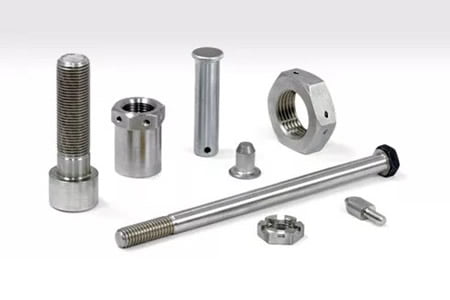Passivation is a process in which the surface of metal is treated to form a stable oxide film. Passivation can offer protection to the object against corrosion and the elements.
Passivation is typically done for metals that are not very resistant to corrosion, like steel. There are three main ways to passivate metal: physical, chemical, and electrochemical.
Physical passivation involves altering the surface of the metal with a coating to form an oxide film. Chemical passivation involves the use of a chemical to remove any contaminants from the surface of the metal, which leaves a clean, stable coating on the metal. Electrochemical passivation is a process that involves the use of an electric current to form a layer of oxide on the surface of the metal
History
As the passivation of stainless steel with nitric acid became a widespread practice in the 1900s, environmental and safety issues with nitric acid became more apparent. Research done by the Adolf Coors brewing company in Germany identified citric acid as an effective alternative. In the 1990s, many manufacturers began to adopt citric acid as a safer and more environmentally friendly alternative to nitric acid.
Passivation types
Today the industry standards for surface passivation offer three types of passivation. Each type is based on what chemical is used for passivation. The three types of passivation are:
- Nitric acid
- Nitric acid with sodium dichromate
- Citric acid.
The choice of which chemical to use for passivation often depends on customer requirements. Each passivation type has its own advantages and disadvantages.
Why passivate stainless steel?
Passivation is a post-fabrication best practice for newly-machined stainless steel parts and components. Benefits include:
- Chemical film barrier against rust
- Extended life of the product
- Removal of contamination from the product surface
- Reduced need for maintenance.

